X
Electric hoists represent their own machinery, strength, and toughness, while the stage is elegant, flowing, and soft, with conflicts and collisions between the two.
Why does the stage electric hoist produce abnormal noise after prolonged use
Category : W12 Stage Electric Hoist
Get a Quote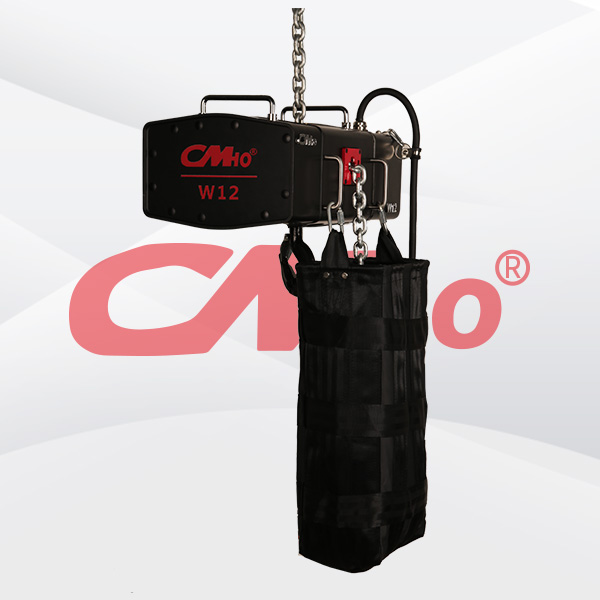
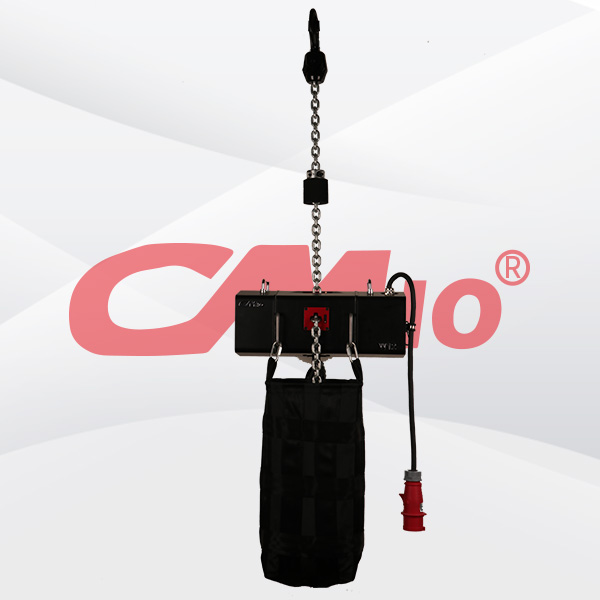
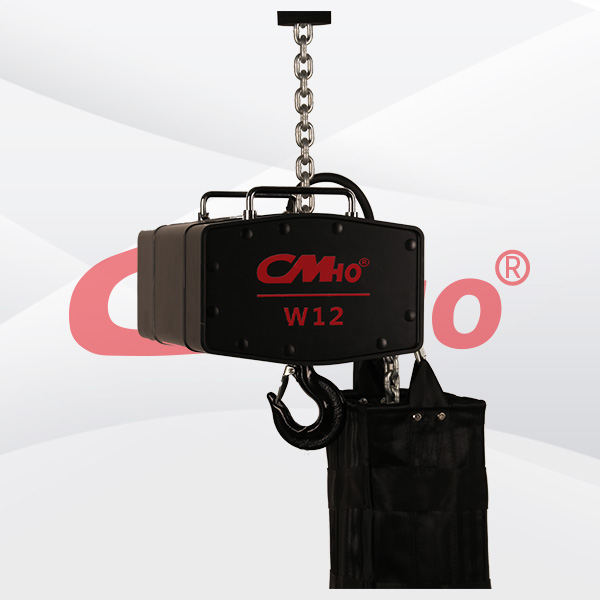
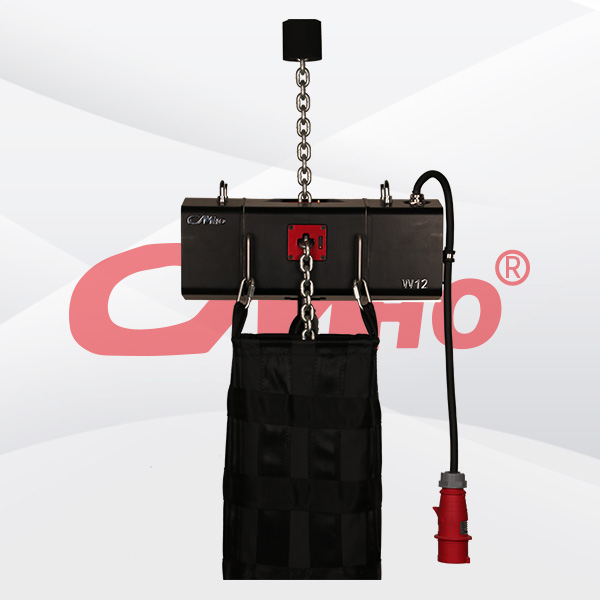





Product Details
Why does the stage electric hoist produce abnormal noise after prolonged use
Malfunctions in the control electrical appliances, motors, or reducers of stage electric hoists can cause abnormal noise. The location, height, and tone of these noises vary depending on the cause of the malfunction. During maintenance, it is important to listen and observe more, and use or determine the location of the noise based on the characteristics of the malfunction to locate and repair the problem.
1. Abnormal noise occurs in the control circuit, emitting a "humming" noise, usually due to a fault in the contactor (such as poor contact of the AC contactor contacts, voltage level mismatch, magnetic core jamming, etc.),
Repair the faulty contactor. If it cannot be repaired, it must be replaced. After treatment, the noise will be eliminated by itself.
2. If the motor makes abnormal noise, it should be stopped immediately to check whether the motor is running in single-phase mode, or if the bearings are damaged, the coupling axis is not aligned, or if there are faults such as "sweeping the chamber". These can cause the motor to make abnormal noises, and the position, height, and type of noise may vary depending on the fault. When running in single-phase mode, the entire motor emits a regular "buzzing" sound that fluctuates in strength and weakness; When the bearing is damaged, a "buzzing" sound accompanied by a "clack clack clack" will be emitted near the bearing;
When the axis of the coupling is not aligned, or when the motor is slightly sweeping the bore, the entire motor emits a very high "buzzing" sound, accompanied by sharp and piercing sounds from time to time.
In short, faults should be identified based on the different levels of noise, and item by item maintenance should be carried out to restore normal motor performance. When motor faults are not resolved, the use of hoists is prohibited.
3. Abnormal noise is emitted from the reducer. If the reducer malfunctions (such as a lack of lubricating oil in the gearbox or bearings, worn or damaged gears, damaged bearings, etc.), the machine should be stopped for inspection,
Firstly, determine whether the gearbox or bearings of the reducer have been lubricated before use, and whether the lubricating oil is regularly replaced during use. If not lubricated as required, the reducer will not only produce excessive "buzzing" sound, but also excessively wear or damage the gears and bearings.
Some people believe that the reducer can still operate without adding or adding lubricating oil temporarily without serious malfunctions, but this idea is incorrect.
Once, due to workers forgetting to inject lubricating oil into the gearbox of the stage electric hoist, the gearbox made a very loud noise after only one day of trial use. When the gearbox was opened, it was found that the gears were scrapped due to excessive wear and tear. Damaged reducer bearings, similar to motor bearing failures, can also produce abnormal noises near the bearings.
In order to prevent the expansion of faults, whether the gearbox gears are excessively worn or damaged, or the gearbox bearings are damaged, they need to be immediately disassembled, repaired or replaced to eliminate faults and reduce noise.
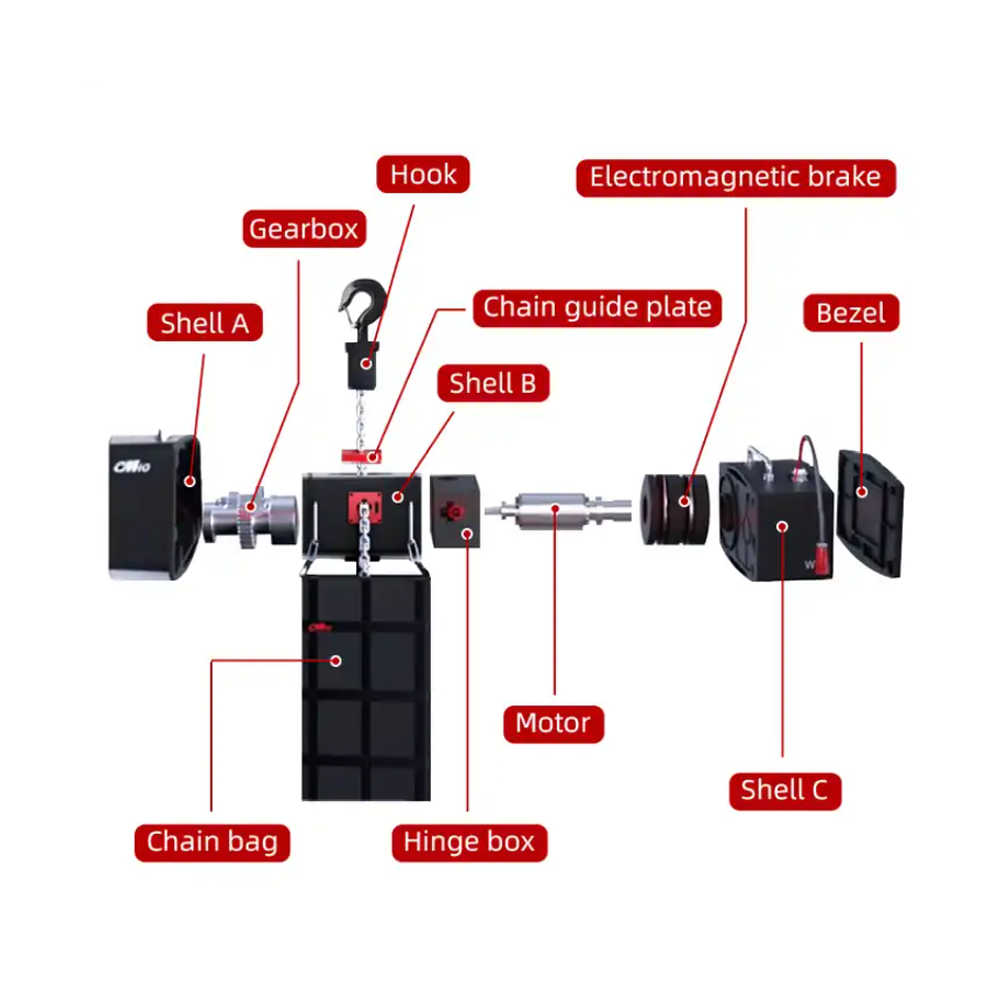
RELATED PRODUCTS .


Small soft lifting slings play a vital role in multiple fields by virtue of their unique performance advantages. Mainly woven from high-strength synthetic fibers such as polypropylene and polyester, t


The overload protection of stage chain motors is a comprehensive system. Its core lies in quickly cutting off power or limiting torque through electrical monitoring, mechanical restriction, and intell


Small stage electric hoists demonstrate unique advantages in space constraints, cost control, and scene adaptation through their characteristics of "small size, low energy consumption, and easy o...


In the wholesale model of stage electric hoists, the larger the purchase quantity, the more significant the unit price discount provided by the factory, which reduces the procurement cost per device.
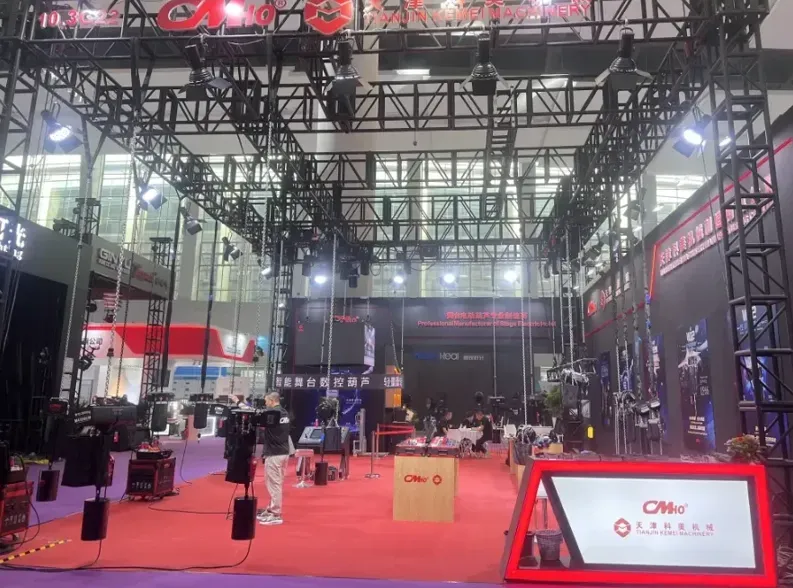
2025-05-27
创始人
0
Guangzhou International Professional Lighting and ...
We look forward to meeting you at the exhibition site and jointly drawing a new blueprint for industry development!
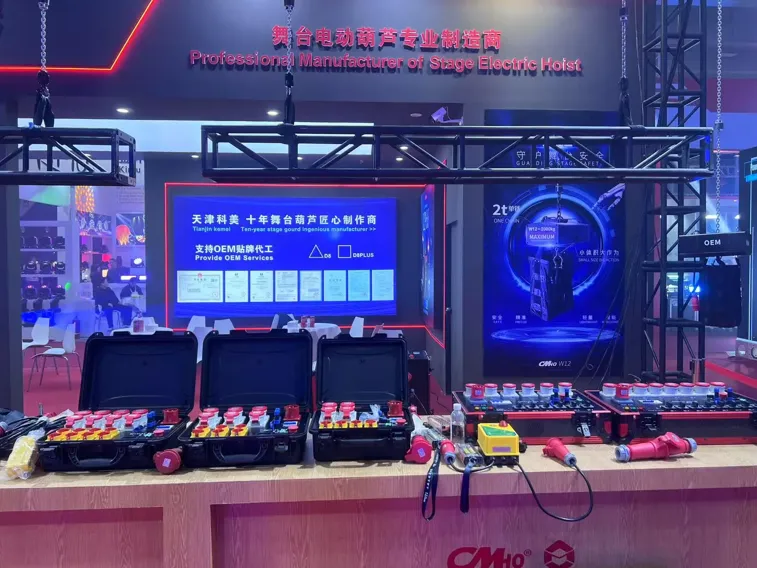
2025-02-28
创始人
0
The participation of Tianjin Kemei in the Guangzho...
Tianjin Kemei made a remarkable and eye-catching appearance at the Guangzhou (International) Performing Arts Equipment, Intelligent Acoustic, Optical and Electrical Products...
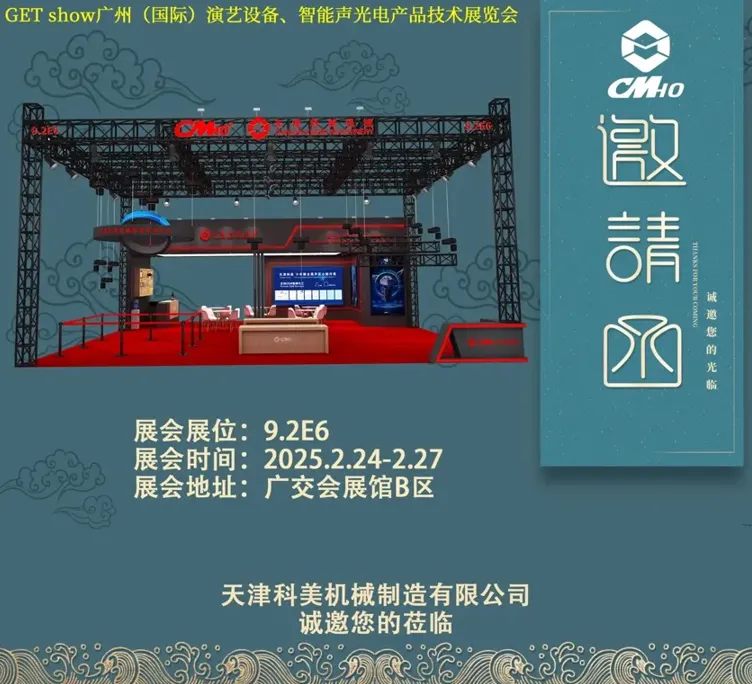
2025-02-27
创始人
0
Guangzhou (International) Performing Arts Equipmen...
In the era of the rapid development of stage lifting equipment and intelligent acousto - optic technology, every industry event serves as a crucial opportunity for innovatio...

2025-02-27
创始人
0
GET show Guangzhou (International) Performing Arts...
Tianjin Kemei Machinery Manufacturing Co., Ltd. has been deeply engaged in the stage equipment manufacturing field for many years and has developed into a modern benchmark e...

